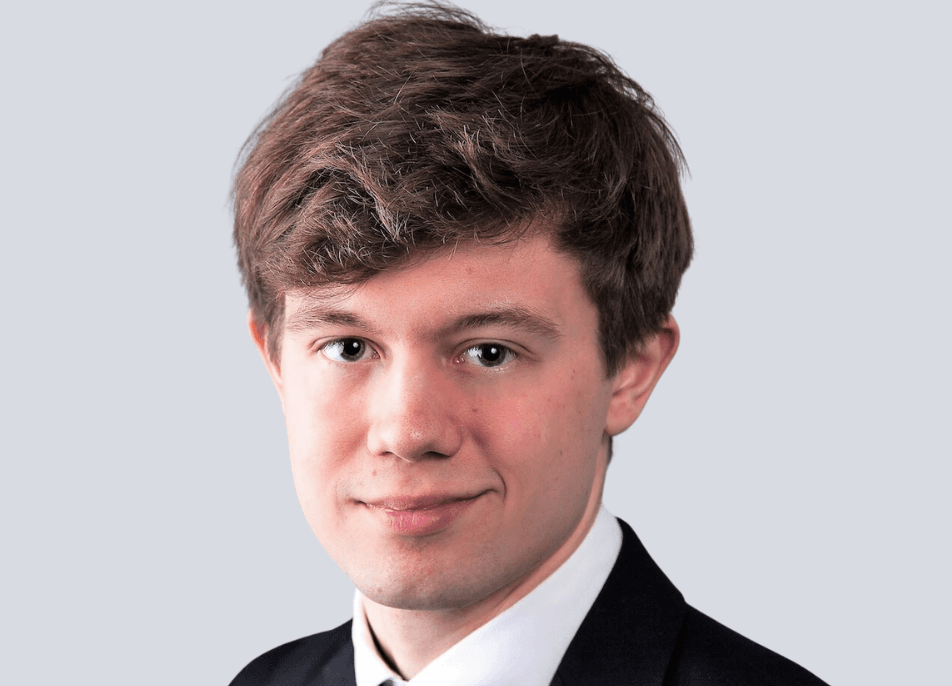Event
Talk: Neural Representation of Open Surfaces

Location
Date
Type
Organizer
Title
Neural Representation of Open Surfaces
Abstract
Over the last couple of years there have been major advances within the fields of image segmentation, object recognition and image generation using deep learning models. Programs such as DALL-E and Midjourney have gained much popularity for their remarkable ability to generate realistically looking images given only a text prompt. However, similar techniques for 3D shapes have not experienced the same success. This difference can largely be attributed to a representation problem. In contrast to the regular grid structure found in images, we do not have a canonical and simple way of representing 3D shapes which is easy to learn. Voxel-based representations are computationally demanding, and since shapes can have different geometry and topology, we do not have a generic mesh in which we can synthesize arbitrary shapes. Recently, there has been a growing interest in neural implicit surface representations. Here, the surfaces of different geometric objects are stored within the parameters of a simple MLP and an associated latent space. For each shape, the neural network approximates a scalar field in which the surface is implicitly represented as a level-set. This talk will present the recent SGP’23 paper “Neural Representation of Open Surfaces” and cover some of the challenges regarding neural representation of shapes with an arbitrary number of boundary curves.
Short bio
Thor Vestergaard Christiansen is a PhD student at the Technical University of Denmark (DTU) supervised by Professor J. Andreas Bærentzen and Assistant Professor Morten R. Hannemose. He obtained his BSc. degree and his MSc. degree at DTU during which he was part of DTU’s Honours Program. The topic of his PhD is Neural Form Representation, and he investigates learning based methods for 3D shape representation.